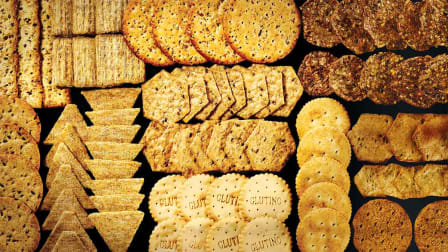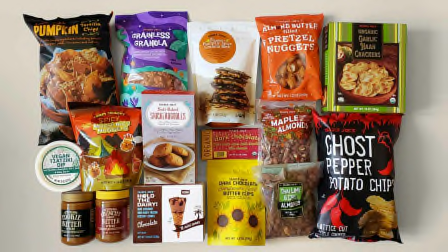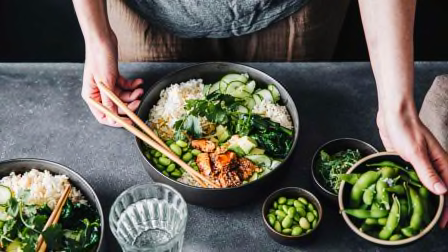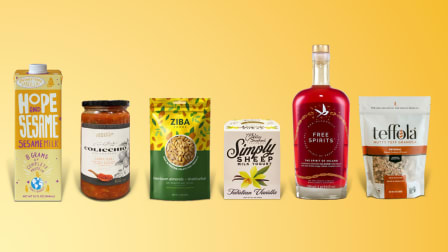How to Pick a Healthy Cracker
Sometimes healthy-sounding products aren't so great nutritionally. Here's what to look for in a cracker.
Whole grains! Figs and cranberries! Flax and pumpkin seeds! The crackers on store shelves sure do look a lot healthier than they used to. And some truly are good for you. Others, not so much.
“The cracker aisle can be very confusing,” says Amy Keating, RD, a CR nutritionist. And while there’s nothing wrong with the occasional crunchy indulgence, if you’re looking for something that’s tasty and nutritious, here are a few important cracker truths.
All Whole-Grain Crackers Are Not Created Equal
You may know that 100 percent whole-grain crackers have more fiber than those made from refined wheat (white) flour. But some crackers include added sugars and sodium. Wheat Thins made with whole-grain wheat flour, for example, contain a full teaspoon of added sugars and 200 mg of sodium per 16 crackers (1 ounce). A better choice? The Triscuit box below.
Triscuit Hint of Sea Salt
Serving size: 6 crackers
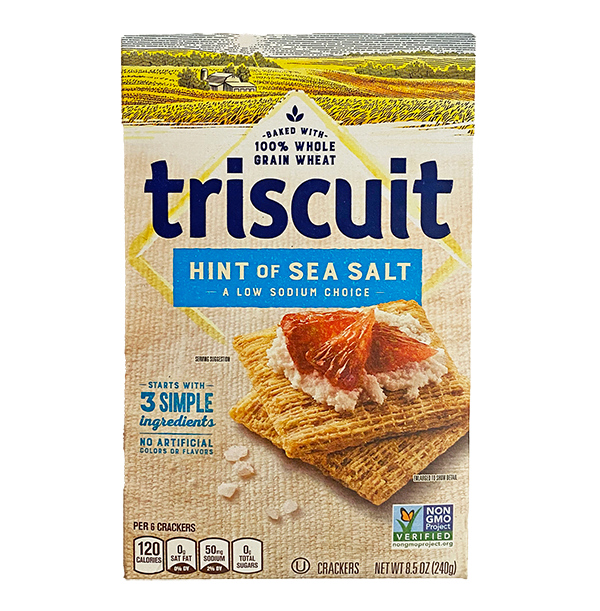
- Calories 120
- Fat 3.5 g
- Saturated fat 0 g
- Added sugars 0 g
- Fiber 3 g
- Protein 6 g
- Sodium 50 mg
Added Fruit Isn’t Always Healthier
Those toasted fruit crisps, with or without nuts and seeds, may look whole-grain because they’re brown, but many are made with white flour. Some contain added sugars, too—as much as 1.5 teaspoons per serving. Look for crackers like the Raincoast Crisps below, made with whole-grain oat flour and fewer added sugars.
Raincoast Crisps Oat and Cranberry
Serving size: 4 crackers
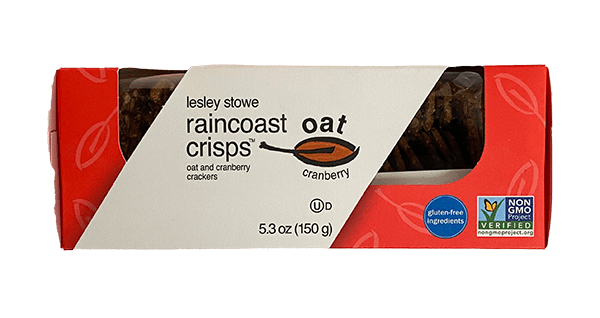
- Calories 90
- Fat 3.5 g
- Saturated fat 0.5 g
- Added sugars 2 g
- Fiber 2 g
- Protein 3 g
- Sodium 140 mg
What Gluten-Free Really Gets You
These often list ingredients that don’t contain gluten, like tapioca, potato, or cassava, instead of wheat flour. Tapioca and potato starches don’t offer much nutrition; they contain 0 grams of fiber. Better choices are made with nut flour or nonwheat whole grains, like the crackers below, which are made with brown rice and corn.
CrunchMaster Multi-Grain Sea Salt
Serving size: 15 crackers
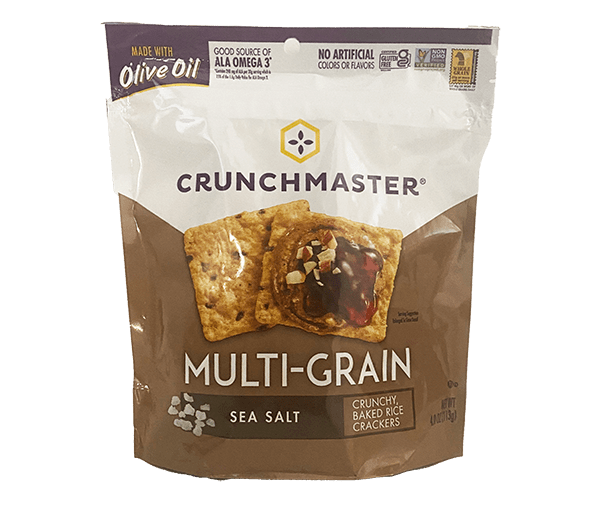
- Calories 120
- Fat 3.5 g
- Saturated fat 0.5 g
- Added sugars 1 g
- Fiber 2 g
- Protein 2 g
- Sodium 150 mg
Crackers With Seeds Are a Smart Pick
We aren’t really talking about those sprinkled with sesame or poppy seeds. Look for crackers made from mostly or all seeds—think flax, sunflower, pumpkin, and more. “These supply healthy fats, fiber, and protein,” Keating says. They also tend to be gluten-free. Look for crackers made with whole grains, or grain-free seed-only products like the Top Seedz below.
Top Seedz 6 Seed Crackers
Serving size: 6 crackers
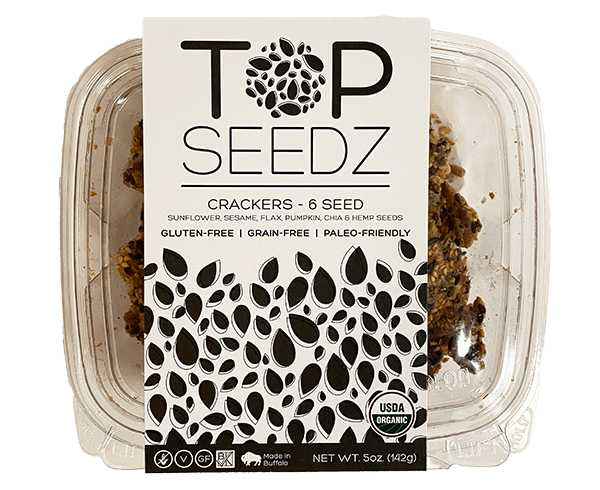
- Calories 170
- Fat 14 g
- Saturated fat 1.5 g
- Added sugars 0 g
- Fiber 3 g
- Protein 4 g
- Sodium 90 mg
Editor’s Note: This article also appeared in the December 2022 issue of Consumer Reports magazine,





























